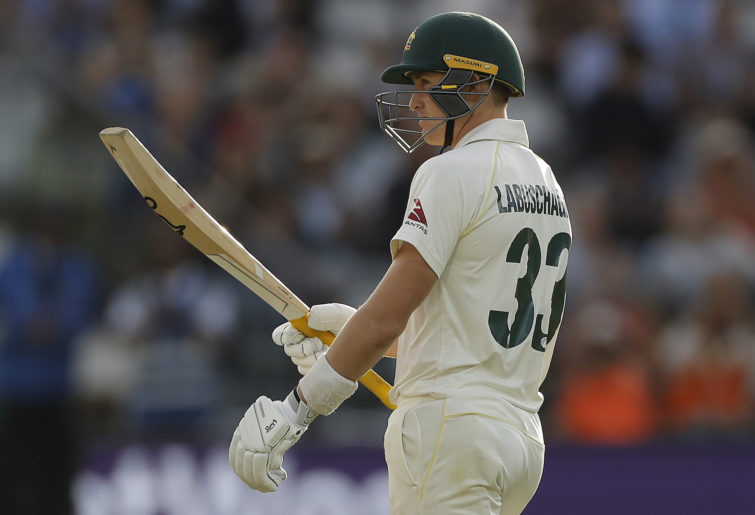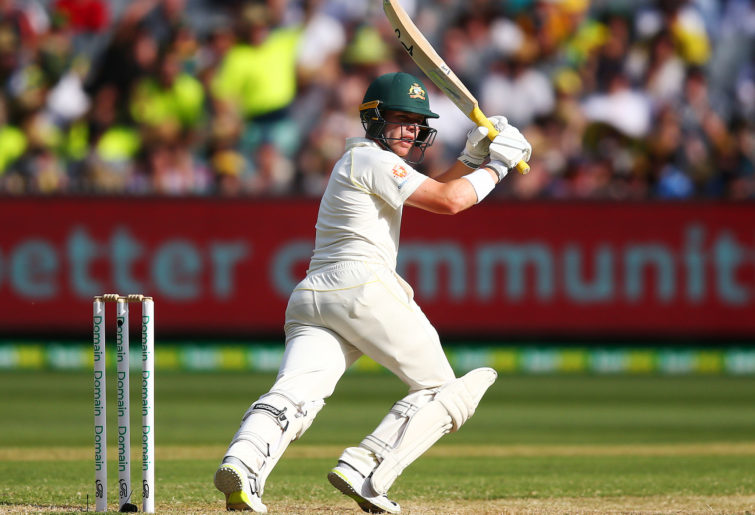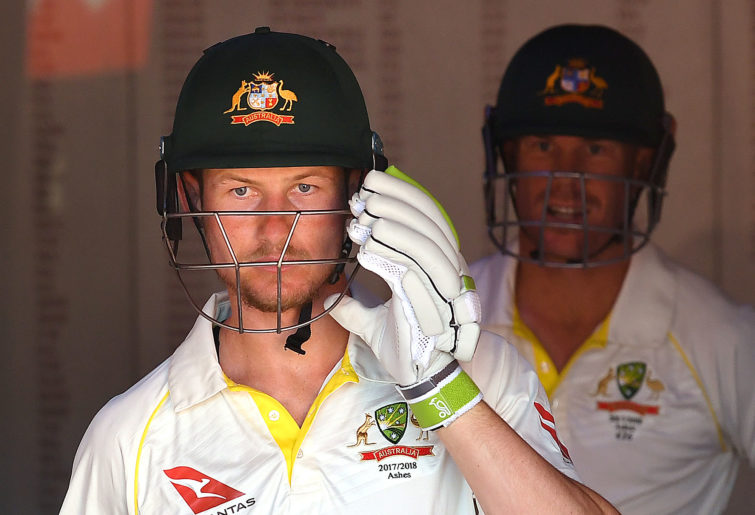The Australian Test team has a problem: the top order. And I mean the top three, not just the openers.
Let’s take a look at the starts Australia have made this series. The scores at the loss of the second wicket so far are 17, 27, 60, 19, 25, 36 and 28 for a paltry average of 30.28.
That’s basically saying Australia start every innings at 2 for 30.
The brilliant Steven Smith has bailed Australia out countless times, but in the long run, this is simply not sustainable.
The main culprit has been David Warner. Since his return to Test cricket, Warner has been the first man out on six of the seven occasions and is averaging 11.28. Given Cameron Bancroft and Usman Khawaja have already seen the axe fall on them, Warner is probably safe until the end of the series, but going forward he is in no way a certain starter for the Australian summer of cricket.
How then can Australia fix the top three’s batting woes? For the short term at least, the number three position looks to be solved somewhat by accident rather than design.
Marnus Labuschagne received his second chance at Test cricket after Steve Smith was ruled out of the Lord’s Test with concussion. With the dropping of Usman Khawaja, Labuschagne has moved up the order to the number three position and made his fourth half-century in a row.
The Smith and Labuschagne batting combination at three and four has the look of one that is going to work for many years to come.
All credit should go to Labuschagne. He has worked hard to earn his spot back in the Test side and took his opportunity. After a mediocre summer in the Sheffield Shield competition where he averaged 24.17, Labuschagne headed to the UK for the winter to try his hand at county cricket.
Labuschagne certainly made the most of his opportunity, making five centuries at a very healthy average of 65.52 for Glamorgan and currently sits as the highest run-scorer in the county championship second division. When called upon by his country to perform, he has stepped into the firing line and hasn’t looked back.

(Photo by Ryan Pierse/Getty Images)
Now to the more contentious issue: picking the openers.
The selectors need to show faith in the players they select. If they think a player is good enough to make it at the highest level, pick him and stick with it.
Picking Cameron Bancroft and removing him after two Test matches was an error, only to replace him with the person they dropped him for originally in Marcus Harris. Regardless of whether or not you think Bancroft was the right pick, he should have been afforded at least one more Test to prove his worth.
The same now applies to Harris – he should be given the remainder of the series to perform. Selectors need to find that fine line between creating healthy competition for places whilst creating an environment cricketers can be successful in.
Constant chopping and changing isn’t going to instil confidence. I would introduce a policy that would see a minimum of three games’ grace be given to any batsman picked. If a player can’t produce after three Test matches, then fair enough, let him go back to the domestic competition and work on his craft.
Cricket is a hard enough game to play at the best of times. It is even harder with the threat of being dropped hanging over your head. If a player is good enough and given enough opportunities, they will find a way to succeed.
Secondly, Australia must pick at least one right-hander to open the batting. Australia’s left-hander dominant batting line-up is currently being exposed by Jofra Archer and Stuart Broad.
Never had the line-up looked so out of balance with a top three of Warner, Harris and Khawaja at Headingley. With the exception of Matt Wade’s hundred in the first Test, the bulk of the run-scoring has been done by right-handers Smith and Labuschagne.
While we all wish for the return of the days of Justin Langer and Matthew Hayden, the pure talent isn’t there to carry two left-handers opening the batting. It has become far too easy for bowlers to find the attacking lines to the left-handers this series, and on pitches that are conducive for swing bowling, this will always be a problem.
My ideal opening partnership for the near future would be Cameron Bancroft and Marcus Harris.

(Photo by Michael Dodge/Getty Images)
Harris has all the shots and the correct technique to make many runs at the top of the order. He is the ideal replacement for David Warner. Given time at the crease and matches under his belt, Harris will go from strength to strength.
Harris isn’t without flaws – there are very few batsman who are. He has a propensity to be a bit loose wide of the off stump, which has seen him throw away his wicket after a promising start, however he is hardly a pioneer when it comes to that.
Harris has been around the first-class scene for a while and always showed ability. This year everything finally clicked for him. If given more opportunity at the highest level, he will be able to transfer his first class form onto the Test stage.
Cameron Bancroft can bring plenty to the Test team. Before the infamous sandpaper incident in South Africa, Bancroft was Australia’s leading run-scorer for the series. While that isn’t scaling great heights, it’s some proof he can hold his own on the big stage.
Since he came back into the West Australian side after serving his ban, in Bancroft’s four Shield games, he averaged 56.00 with bat – the second-highest amongst openers behind only Harris.
Averages don’t always tell the full story. If Test teams were picked off averages then we wouldn’t be having all this constant debate. Rather than solely focus on the batting average, what stands out is his ability to bat time.
In his eight Shield innings last summer, he was able to face a total of 948 balls, which is an average of 118 balls an innings. If he shares the strike with the man at the other end, Bancroft gets out in the 40th over on average.
Regardless of how many runs he has or hasn’t made, he has certainly done a job for the team.
Question his technique or his stroke play – these are things that can be improved over time. But you can never accuse Cameron Bancroft of throwing his wicket away, unlike Warner and Khawaja.

(AAP Image/Dave Hunt)
The dark arts of opening the batting and blunting the new ball is a skill slowly going out of the game. Bancroft is the man to bring it back into fashion.
When you have the luxury of the best batsmen in the world coming in at four, the very least the top order can do is build the platform for him. Australia’s top order currently isn’t doing this and if they want to be more competitive in overseas Test matches, it’s something that needs to be improved.
What about Joe Burns? What has he done wrong? Nothing, I would have no problem with Burns getting an extended run in the team to show what he can do. He has been harshly dealt with by the selectors, and for whatever reason, the selectors seem to view him as a Mr Fix It type player.
If he were to be called upon this summer, he could deliver for his country. He’s just not in my preferred two options going forward, but if given the chance, he could not be denied.
Come the Australian summer, we will be able to gauge the direction that the selectors are going to take solve Australia’s top-order batting problems. There is every chance likes of Warner and Khawaja will be feasting on second-rate bowling attacks on flat decks of the MCG and Adelaide Oval and the batting woes of the Ashes will be forgotten once more.
But if Australia are serious about being the number one in Test cricket again, Justin Langer and the selection committee are going to have to make some big calls at the top of the order.
































































































